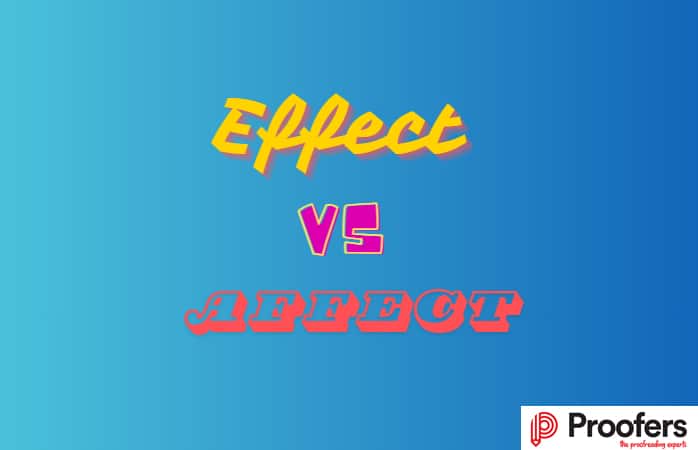Table of Contents
- Why Look for Alternatives to “But”?
- Common Alternatives to “But” and How to Use Them
- Tips for Using Alternative Words for “But” Effectively
- When to Avoid Alternatives
- Final Thoughts on Using Alternatives to “But”
- Alternative Resources
Why Look for Alternatives to “But”?
Using “but” frequently in writing can disrupt the flow, especially if multiple contrasting ideas are presented. Alternatives help diversify your language, allowing you to:
- Enhance readability: A variety of connectors makes sentences flow smoothly.
- Clarify contrasts: Each alternative has subtle differences, allowing you to communicate nuances.
- Improve academic and professional tone: Repetitive language can feel less formal, so finding variations boosts sophistication.
Looking for ways to avoid costly proofreading mistakes in your writing? Check out our article on avoiding costly proofreading mistakes.
Common Alternatives to “But” and How to Use Them
- However – “However” is often used in formal writing and is a versatile alternative to “but.” It can introduce a new idea or emphasise a contrast without being as abrupt as “but.”
Example:
Original: The event was popular, but attendance was limited.
Improved: The event was popular; however, attendance was limited.
- Yet – “Yet” is a concise and often poetic substitute for “but.” It has a sense of unexpectedness and can convey contrast subtly.
Example:
Original: She studied hard, but she didn’t pass the exam.
Improved: She studied hard, yet she didn’t pass the exam.
- Although – “Although” works well at the beginning of sentences to set up a contrast. It’s often used to introduce a clause that contrasts with the main point, softening the impact.
Example:
Original: He wanted to join, but he couldn’t.
Improved: Although he wanted to join, he couldn’t.
Using “although” can make sentences sound more cohesive and can often be paired with other transitional words for added complexity.
- On the Other Hand – When discussing two opposing points, “on the other hand” is a useful phrase that suggests a balanced view.
Example:
Original: Travelling by car is faster, but public transport is cheaper.
Improved: Travelling by car is faster; on the other hand, public transport is cheaper.
- Nevertheless – “Nevertheless” is another formal alternative that implies a persistence of something despite a contrasting fact. It’s particularly effective in academic writing and persuasive essays.
Example:
Original: The team faced many challenges, but they succeeded.
Improved: The team faced many challenges; nevertheless, they succeeded.When working with academic documents, using the correct tense in academic writing can also enhance clarity.
- Still – “Still” is a simple alternative that indicates a continuation of an idea or a persistence despite the contrast. It works best in informal or conversational writing.
Example:
Original: The movie had poor reviews, but he watched it anyway.
Improved: The movie had poor reviews; still, he watched it.
- Whereas – “Whereas” is ideal for comparing two ideas or characteristics that are in opposition. It provides a softer contrast than “but” and is often found in formal writing.
Example:
Original: The first solution is costly, but the second one is affordable.
Improved: The first solution is costly, whereas the second one is affordable.
If you’re interested in exploring more alternatives to common words, our guide on different words for “however” can provide additional insights.
Tips for Using Alternative Words for “But” Effectively
Understand Context and Tone
Each alternative word has its own tone. “Nevertheless” and “however” tend to sound more formal, making them suitable for academic or professional contexts. In contrast, “yet” and “still” are more casual, ideal for personal or informal writing. Choose alternatives based on the setting and intended audience to keep your writing cohesive.
Vary Your Choices
Overuse of any word can lead to redundancy, which weakens your writing. Experiment with different alternatives in each paragraph or section to keep your text engaging. This approach is particularly helpful when editing essays or blog posts, as it prevents phrases from feeling repetitive.
Consider Sentence Structure
Some alternatives, like “whereas” and “although,” work better at the start of a sentence. Conversely, “however” and “nevertheless” are effective when positioned between clauses. Adjusting sentence structure can add variety to your writing style and improve flow.
For more tips on avoiding common errors and enhancing your English, read our article on enhancing your academic vocabulary to improve your English.
Try Using Conjunctions for Variety
Conjunctions such as “while” and “though” are also helpful in breaking up overused transitions like “but.” They add a more narrative, natural flow to your writing, making the text more appealing.
Example:
Original: The weather was bad, but they continued their hike.
Improved: While the weather was bad, they continued their hike.
When comparing and contrasting, clarity and consistency are essential. Discover why maintaining consistency matters in our blog on why consistency matters in writing.
When to Avoid Alternatives
Not every sentence requires a unique transition word. Sometimes, the simplest way to convey contrast is with “but.” If a sentence feels overcomplicated, switching back to “but” can streamline the writing and improve readability. Overuse of formal alternatives may weigh down the text, particularly in casual or creative writing.
When in doubt, remember that proofreading can highlight these issues. To understand the value of thorough editing, see our guide on why proofreading is important.
Final Thoughts on Using Alternatives to “But”
Finding the right words to convey contrast and flow in your writing doesn’t have to be challenging. By exploring options beyond “but,” you can achieve a polished, professional tone that reflects clarity and purpose. Additionally, understanding which alternatives work best in different contexts helps make your writing adaptable and sophisticated.
If you’re crafting a blog, thesis proposal, or academic paper, choosing varied transitions can significantly improve readability. You can learn more about how to enhance your structure with our article on how to write a thesis proposal.
For any further help with editing or proofreading, please review our editing services here at Proofers. If you require assistance or have any questions, feel free to contact us—we’re here to help you achieve polished and professional writing.
Additional Resources
For more insights into other grammar topics, check out these additional resources:






